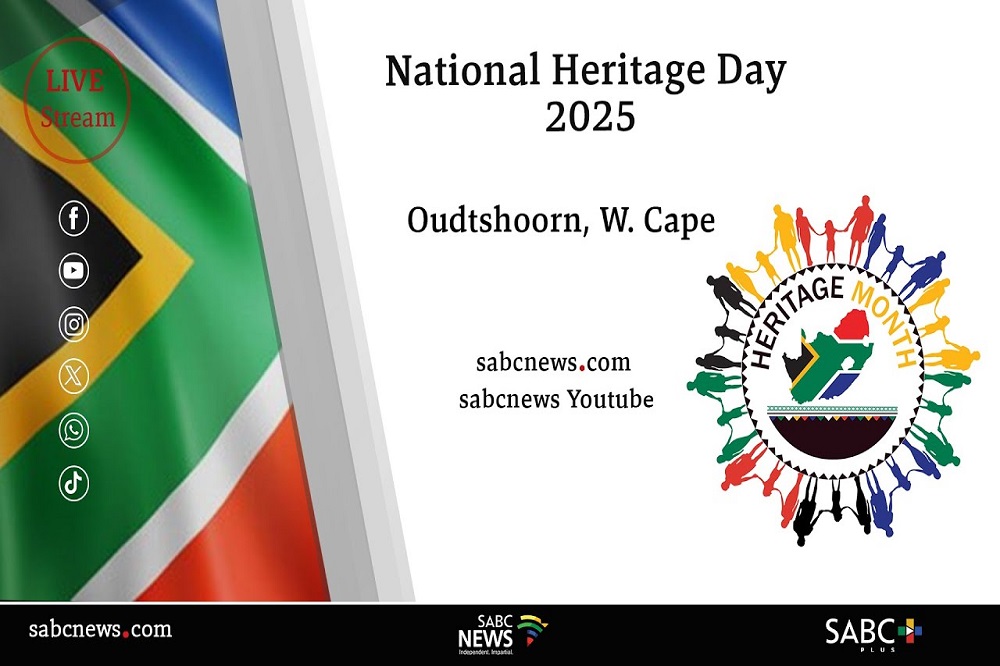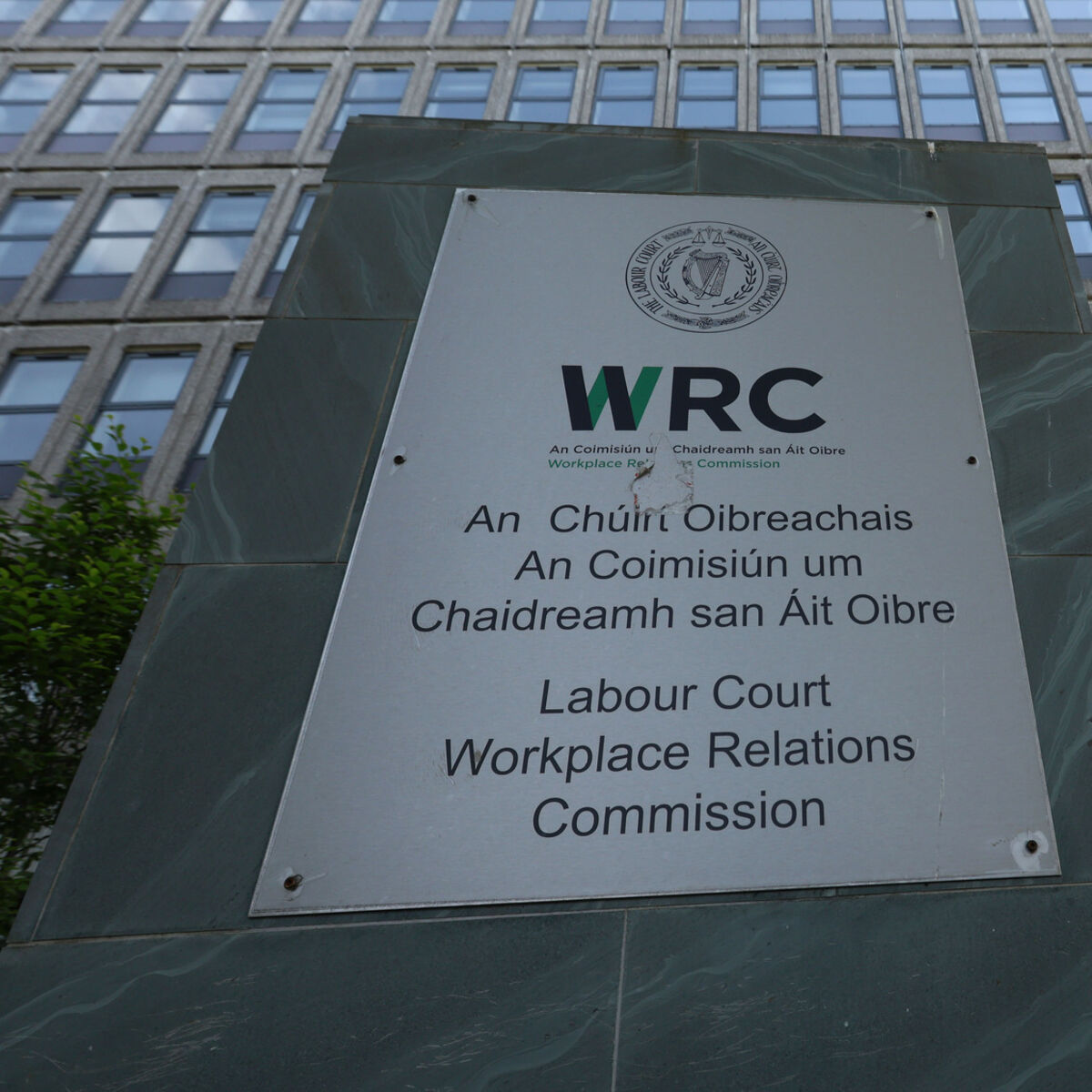By Contributor,Kevin Kruse
Copyright forbes

Research shows that first impressions are made in seconds and can linger long after.
Think back to the last time you met someone new at work. Odds are, it wasn’t in a boardroom or at a networking mixer—it was over Zoom, through Slack, or by clicking on their LinkedIn profile. That’s how careers work now. Research shows that first impressions are made in seconds and can linger long after. And in the era of hybrid and remote work, those impressions are increasingly happening online.
That’s why Lorraine K. Lee, the author of Unforgettable Presence, says it’s time to redefine what “presence” actually means. For years, we’ve treated presence as something you “turn on” when you’re in a meeting, or as a synonym for “executive presence.” But presence consists of more than charisma in a conference room. It also includes how you show up in the small moments. It’s in the casual hallway chat, the way you lead a virtual meeting, the tone of your email, the introduction you give at a networking event.
Most importantly, Lee argues presence is both how you’re seen and where you’re seen. You have a video presence. A chat presence. An email presence. A LinkedIn presence. And whether you realize it or not, each of these moments shapes your reputation. Presence isn’t something you’re born with. It’s something you practice, day by day, in the spaces where people experience you.
Lorraine K. Lee, author of Unforgettable Presence
Building Your EPIC Career Brand
If presence is how people experience you, then your career brand is the story they tell about you when you’re not in the room. Lee simplifies your brand into a four-part framework she calls EPIC: Experiences, Personality, Identity, and Community.
MORE FOR YOU
E = Experiences
Your experiences—both professional and personal—are the raw material of your brand. They show where you’ve been and what you’ve overcome. Did you lead a major product launch? Pivot careers? Work abroad? These moments become the building blocks of the narrative people attach to you.
P = Personality
Skills and titles matter, but what makes you memorable is how you show up. Are you the calm voice in a crisis? The one who cracks a joke to ease tension? Lee herself notes, “I’m more introverted, for example, so I want to make sure people know that. That’s part of my brand. I talk about it on LinkedIn.” Owning your personality adds dimension to your brand.
I = Identity
Identity includes your values and culture. It might be that you prize transparency, or that collaboration is your non-negotiable. It can also include your cultural background or life experiences. As Lee put it, “If we were to work together, what can you expect from me? What do I value? For example, relationships are really important to me. That’s part of my identity.”
C = Community
This is where many people stumble. You might think of your brand as one thing, but if your network doesn’t see it, there’s a disconnect. Lorraine stresses that, “Your network needs to see you the way you want to be seen. You also want to make sure your community knows you exist. That way they’ll speak your name in the rooms you’re not in.”
You can think of this acronym as a practical checklist. Each letter prompts you to ask: Am I telling this part of my story clearly? If not, you’re leaving opportunity on the table.
Presence in the Digital World
If presence once meant how you carried yourself in a meeting, today it often begins with a click. Your LinkedIn profile has become the new dress for success. Before colleagues or clients meet you, they’re already forming impressions based on your headline, profile picture, and activity.
As Lee points out, “LinkedIn has really become our virtual landing page, our virtual water cooler, and really our ultimate virtual office. So you want to be seen there.” She recalls one client she worked with who met a CEO and found him impressive in person. But when her client checked his LinkedIn profile, it was incomplete. “I wondered, was he actually as impressive as I thought? There was that really big disconnect,” she told Lee.
Lee’s advice is simple: make sure your digital presence reflects the same credibility you want to project in real life. That starts with the basics. Complete your profile, add a strong headline and background photo, and try to work your way up to the “500+ connection threshold” so your network looks abundant.
From there, consistency matters. If posting feels overwhelming, start smaller. “Commenting is a much lower stakes way to get your voice out there, to practice sharing your insights, and to make connections,” Lee explained. The trick: don’t just write “Great post.” Add value. Share a perspective, ask a question, or connect the dots to your own expertise. Every touchpoint should teach people something about who you are.
Presence online is built the same way as in person, by showing up thoughtfully, consistently, and authentically. As Lee pointed out, “People can form a really positive impression of you before ever meeting you.”
Turning Presence Into Practice
Presence isn’t a gift reserved for extroverts or executives. It’s a skill you can build every day. Lee reminds us that even the smallest choices add up: the tone of a Slack message, the effort you put into an introduction, the consistency of showing up on LinkedIn.
“Presence is learnable,” she said. “It happens in those small actions in a given day that really build up your reputation over time.”
That’s the real opportunity. By using frameworks like EPIC to clarify your brand and digital habits that showcase you at your best, you give others a reason to remember you.
Kevin Kruse is the Founder + CEO of LEADx, scaling and sustaining leadership behaviors with behavioral nudges, micro-learning, and live cohort-based workshops. Kevin is also a New York Times bestselling author of Great Leaders Have No Rules, 15 Secrets Successful People Know About Time Management, and Employee Engagement 2.0.
Editorial StandardsReprints & Permissions



